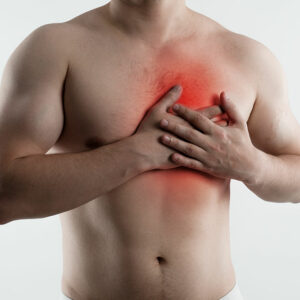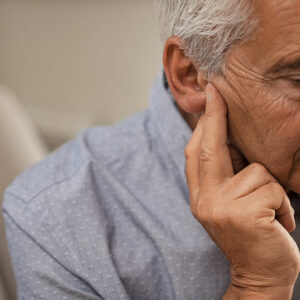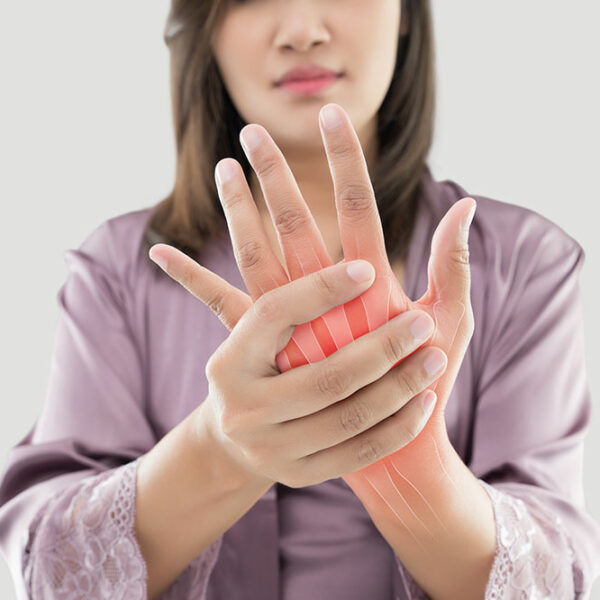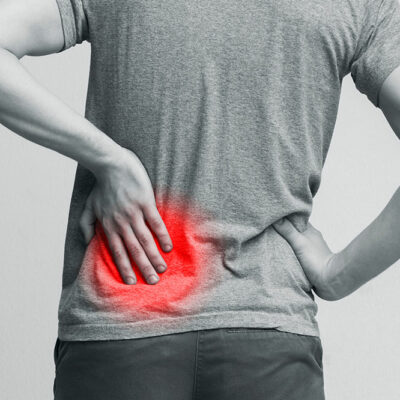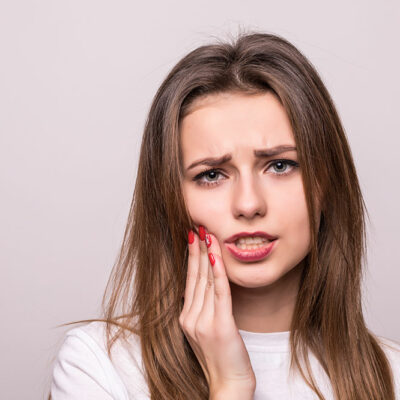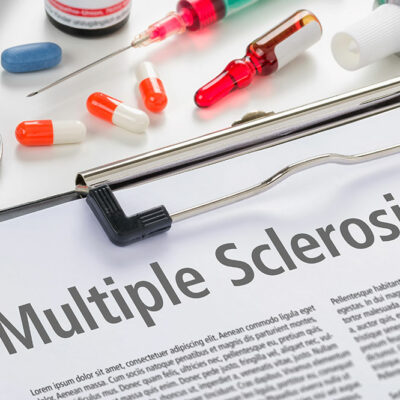6 essential tips to protect the eyes while traveling

The eyes act as our windows to the world around us, allowing us to actively interpret external stimuli. While prompt diagnosis and treatment of eye conditions are essential to eye care, it is also important to take preventive measures against vision-related issues. Traveling involves changing weather conditions and direct exposure to sunlight, which can affect the eyes. Here are a few tips to keep in mind while caring for the eyes when traveling:
Wear spectacles on long journeys
Often, travelers choose to wear contact lenses over spectacles on long journeys, as it is more convenient. However, contact lenses worn over long periods can trigger several eye conditions, including hypoxia and corneal ulcers. Hence, it is advisable to ditch contact lenses for glasses on long-haul travels to avoid eye irritation and potential eye diseases.
Carry sunglasses
Exposure to UV rays over extended periods can cause blurry vision and increase one’s risk of developing cataracts. It can also trigger cancers such as basal cell carcinoma. An effective way to avoid such repercussions while traveling is to carry sunglasses that offer protection from UV rays. Sunglasses do more than act as style statements; superior-quality sunglasses block UVA and UVB rays, reducing one’s risk of diseases like glaucoma, macular degeneration, and cataracts. It is important to look for sunglasses that provide 100% UV protection and preferably have larger lenses to block the entry of the sun’s rays from the sides.
Remain indoors during dust storms
Some areas are prone to dust storms, which can cause itching and a burning sensation in the eyes. A study published in the International Journal of Environmental Research and Public Health revealed that prolonged exposure to dust particles can increase one’s vulnerability to eye conditions. Thus, one should stay indoors during dust storms or protect the eyes with thick sunglasses and a mask if stepping out is necessary.
Have foods beneficial for eye health
While traveling allows one to explore different delicacies, one should also try to incorporate nutrient-rich foods that can boost one’s eye health. Dark leafy greens like spinach, broccoli, and kale are rich in lutein and zeaxanthin, antioxidants essential for retinal protection. Moreover, foods like carrots, tomatoes, sweet potatoes, and cantaloupes contain beta-carotene, which converts to vitamin A in the body and is essential for eye health. To the best extent possible, such foods while traveling can help with good eyesight and general well-being.
Carry lubricating eye drops
The eyes can become itchy and dry due to a lack of moisture. Dry, humid environments can cause the eyes to become dehydrated during trips. In such cases, lubricating eye drops can help the eyes regain optimal moisture levels. Hence, carrying lubricating eye drops while traveling is advisable to ensure the eyes are always well-lubricated.
Stay hydrated
Another way to ensure sufficient eye lubrication is to have plenty of water while traveling. Having adequate water can reduce one’s risk of dry eyes, regardless of the weather conditions. It can also reduce eye strain and discomfort. Studies suggest that women and men should drink 2.7 and 3.7 liters of water daily. One should have water from hygienic sources or purchase bottled mineral water during travel.

